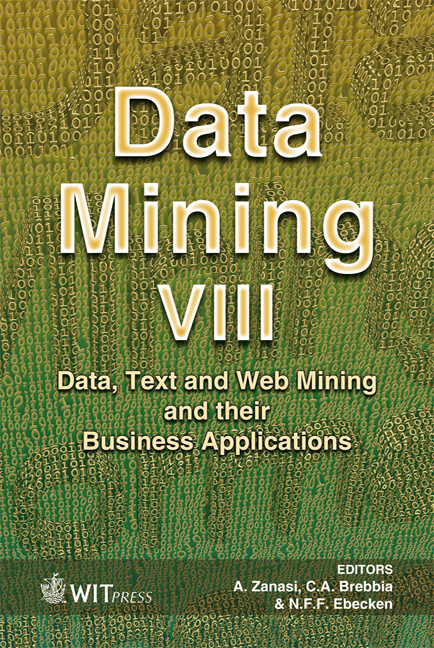A Market-led Approach To Female Student Recruitment Onto Computing-related Courses
Price
Free (open access)
Volume
38
Pages
8
Published
2007
Size
244 kb
Paper DOI
10.2495/DATA070251
Copyright
WIT Press
Author(s)
S. Stocking, N. Stanton & L. Seldon
Abstract
In recent years, numbers of students applying for undergraduate courses in computing have continued to fall. Research shows that this is particularly true for female students. This is a national trend and must be a matter of concern for Higher Education Institutions. It can been seen that the number of girls selecting computing-related courses at GCSE and A level is less than that of boys, and this difference gets greater at HND and degree level. We believe that there are a number of issues that are contributing to this decline. For example, computing suffers from an increasingly-poor public image and this has adversely affected pupils’ perception of the computing industry. We also believe that pupils are often misinformed about the syllabi of computing courses and about the benefits of taking them in Higher Education (HE). The purpose of this research is to investigate the attitude of female pupils towards computing so that an action plan can be produced for the School of Computing to encourage more females onto their courses. Keywords: computing, recruitment, female, gender, perceptions, attitudes, higher education, GCSE, A level, ICT. 1 Introduction Statistics at the moment show that only 40% of GCSE ICT and Computing entrants are girls. The situation becomes worse at college, where, for example, only 22% of A-level candidates are female [4]. Social and cultural research has shown that although the numbers graduating with degrees in computer science is dropping for both sexes, the number of degrees awarded to women is dropping faster. This research has also shown that
Keywords
computing, recruitment, female, gender, perceptions, attitudes, higher education, GCSE, A level, ICT.





